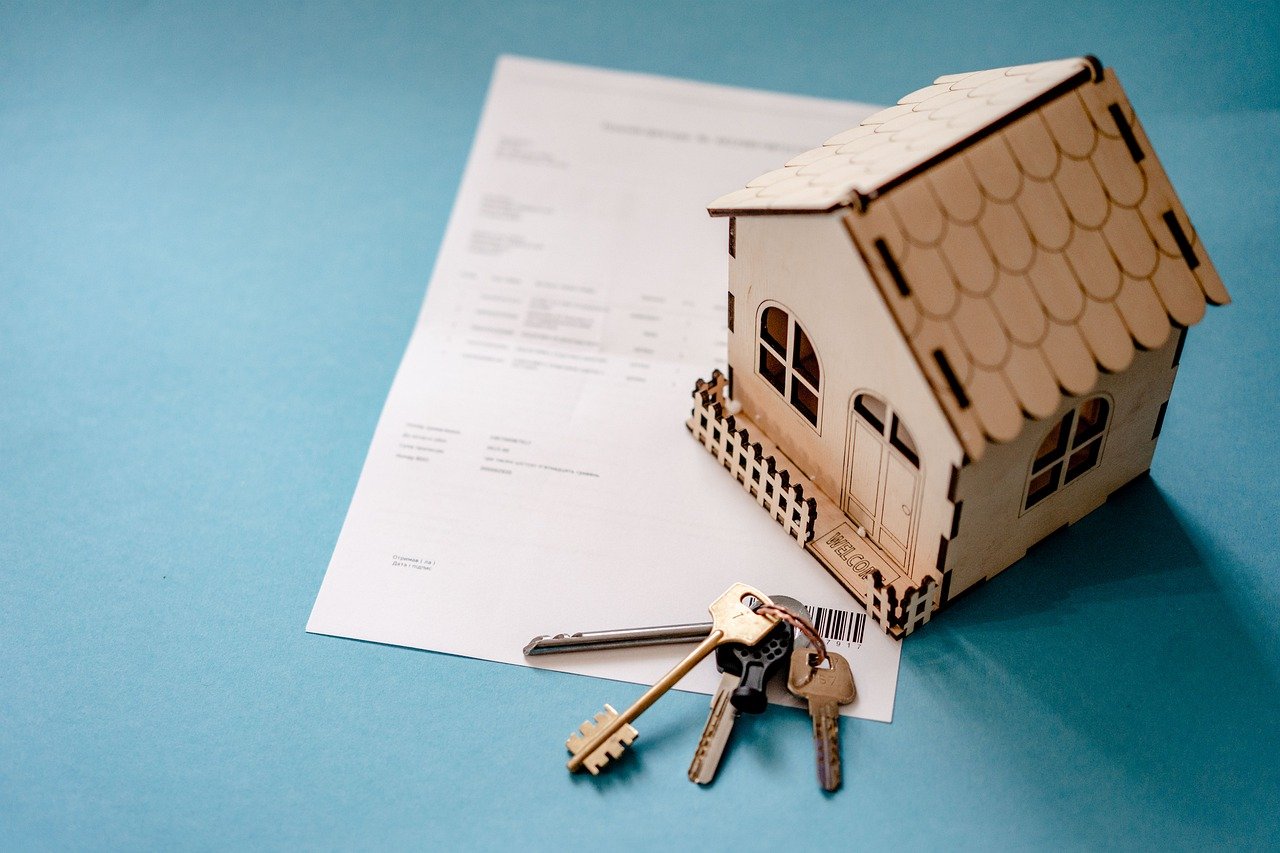Starting Strong in Commercial Real Estate: What Every Aspiring Developer Should Know
Breaking into commercial real estate development is not a casual leap. It’s a career path that demands long hours of study, immersion in complex deals, and a steady resilience against risk. You’ll be entering a sector where fortunes can be made or lost based on the quality of your preparation. The barriers to entry are steep, but that’s also why it attracts ambitious professionals who crave challenge and reward. Success begins long before you sign your first contract; it starts with understanding the ecosystem, the moving parts, and the weight of decisions that compound across years. If you’re eyeing this career, consider it a marathon with a sprint at the start. The sprint is your preparation. The marathon is everything that follows.
Feasibility and market understanding
Before even sketching blueprints, a developer in Zambia is wise to begin by conducting feasibility analysis in Lusaka projects. This early step forces you to confront supply, demand, and regulatory compliance before money gets tied up. Feasibility isn’t paperwork; it’s the first reality test of an idea. A proper study reveals whether tenants exist, whether competitors are already lining the street, and whether infrastructure upgrades might change the picture. It is both a compass and a shield. Without it, you risk building castles on sand.
Education pathways to reinforce growth
Structured learning accelerates growth when combined with practice. That’s why many professionals take time to look at these options for business or finance education. Courses on project finance, economics, and management don’t just deliver content; they give you a vocabulary investors expect to hear. Academic training makes you eligible to partners, lenders, and regulators. It won’t substitute for grit in the field, but it multiplies its impact. For developers eyeing long careers, education becomes one of the most profitable investments.
Financing structures and source types
Your first real project won’t get far without capital, and in most cases, that capital arrives through a blend of debt and equity financing. The trick is to stack those sources without letting them smother you. Too much debt can drown a project during downturns, while over-reliance on equity can strip away your control. Veterans of the field become part-financier, part-negotiator, able to court banks one day and equity partners the next. The balance you strike here will decide not only whether your project survives, but whether you’re invited back for the next one.
Financial modelling and capital stack
Numbers are narrative in disguise. When you learn to optimise your capital stack options, you’re not just filling cells in a spreadsheet; you’re telling the story of how a project survives turbulence. A good model shows not only how returns might look in a perfect world but also what happens when interest rates climb or construction delays hit. Investors probe those scenarios relentlessly. If your model holds under scrutiny, your reputation grows. If it falls apart, so does your deal flow.
Risk and due diligence
Due diligence sits quietly in the background, yet it determines everything. Titles, soil conditions, tenant covenants, and environmental reports – each can hide a landmine. Developers who commit to anticipate development risk through due diligence come out with fewer surprises and more investor trust. Yes, it adds cost up front, but it prevents catastrophic costs down the line. Risk never disappears; it only changes shape. Due diligence makes sure you’re facing the risks you can live with, not the ones that break you.
Skills, education, and experience needed
Nobody steps into development with a full toolkit. Many sharpen their edge by first choosing to build capacity via financial modelling skills while they cut their teeth in brokerage, finance, or architecture. But numbers alone don’t carry the day. Networking, shadowing seasoned developers, and proving reliability round out the skill set. Over time, credibility becomes a kind of currency, unlocking deals that textbooks can’t. Knowledge gets you in the room; reputation keeps you there.
Regulatory and zoning challenges
Many new developers learn the hard way that approvals can take longer than construction. That’s why it’s crucial to keep evaluating a site’s regulatory zoning risk front and centre throughout planning. Zoning boards, community activists, and environmental reviews can throw months of work into limbo. This is where patience and negotiation skills prove as vital as cash flow. Developers who can translate their vision into community benefit avoid resistance that derails others. Ignoring this stage is like ignoring the weather forecast—it catches up to you regardless.
Commercial real estate development demands more than vision; it requires structure, stamina, and relentless preparation. From feasibility studies to financial models, from regulatory battles to risk audits, each piece fits into a system that decides success or failure. Those who treat the work as a craft, rather than a gamble, find both challenge and reward. The skyscrapers and shopping centres we walk through today are proof of someone’s persistence years ago. If you prepare with the same rigour, your own work can shape tomorrow’s landscape. The journey is long, but it begins with the steps you take right now.
Discover your dream property in Zambia with BCA Properties, where your investment is our priority. Explore our tailored solutions and expert insights today!
Credit: Image via Pexels
Article by Emmie Heath of HappyRefuge.com




